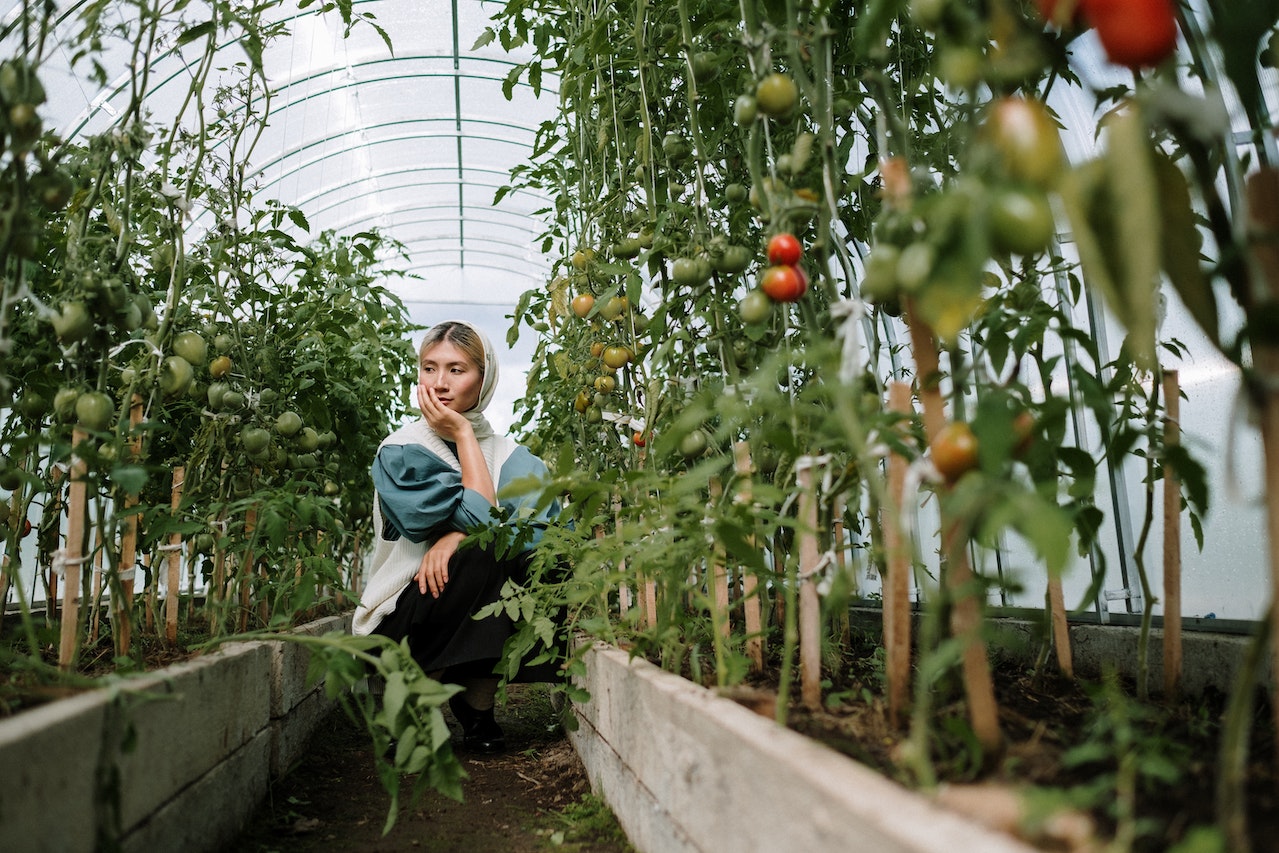The Fastest Growing Fruits and Vegetables For Gardening

Getting your hands dirty in the garden is a great way to spend a sunny afternoon. You can use a lot of different vegetables, fruits and herbs, and it is fun to see them grow and change over time. However, it is not always easy to know which types of plants will thrive and grow quickly, especially when you first start. The good news is that with a little research you can find out which ones are fastest growing.
Arugula
Arugula is a very fast-growing vegetable that can be planted in early spring and late summer. It is an excellent choice for containers. And it’s a wonderful addition to salads and sandwiches.
Growing arugula is easy. You simply plant arugula in a sunny spot, rich, well-drained soil and water frequently. The plants should be thinned after four inches of growth.
When planting arugula, remember to use a rich compost enriched soil. If you live in a cooler climate, the best time to start is early spring. Alternatively, if you live in a warmer region, you can sow arugula seeds in early fall.
Bok Choy
Bok Choy, also known as Chinese cabbage, is an incredibly delicious vegetable. It’s also extremely easy to grow. In fact, you can harvest it as early as 45-60 days after you’ve planted it.
This nutrient-rich leafy green is a popular addition to salads and stir-fries. It’s also perfect for container gardens, as it’s hardy and grows well in partial shade.
Bok choy is an extremely fast-growing plant, and it’s usually ready to harvest about forty-five to fifty days after you’ve planted it. You can even get two harvests from one plant. But it’s important to know how to keep it healthy, because pests can kill it.
Zucchini
Zucchini is one of the fastest growing fruits and vegetables for gardening. It can produce up to 10 pounds of food when grown in the right conditions. The fruit is also packed with nutrients, including vitamins C and E, as well as healthful minerals.
Zucchini is a member of the Cucurbita family, which includes other vegetables such as pumpkins, melons, and squash. Because it is part of this group, it requires an ample amount of sunlight and rich soil.
To encourage the growth of zucchini, use a good fertilizer. You should water your plant frequently. A minimum of one inch of water per square foot of soil is recommended.
Guava
Guava is a tropical shrub or small tree. It is hardy and is suitable for growing in a wide variety of soils. However, it needs a good drainage system. Watering should be done carefully to avoid damage to the roots.
Guava is a fast-growing plant. When it is young, it should be fertilized with nitrogen and potassium. In addition, it should be protected from cold temperatures. Younger plants should be watered on a regular basis, while older ones may need more frequent irrigation during fruit production.
Leaf lettuce
If you are new to gardening or you just want to maximize your food supply, you may want to consider a crop or two that is fast, furious, and fun to grow. Below are some of the fastest growing fruits and vegetables for the garden.
One of the fastest growing veggies is the radishes. These tasty greens can be harvested as early as 30 days after planting. They can be eaten in the raw or roasted with oil and salt for a tasty side dish.
Figs
There are many fast growing fruits and vegetables on the market. It can be daunting to pick one out and if you’re just starting out, you’re probably trying to get the most bang for your buck. Figs are a great example of a fruit that is a good bet if you’re looking for something tasty to eat.
The best way to grow figs is to find a suitable microclimate. A climate that is semi-arid with warm temperatures is the ideal place to plant your fig tree. You can start out by using a potting soil with a pH of 6.0 or 6.5 and mulch around the base of the tree to lock in moisture.
Passion fruit
If you are a gardener, you may be interested in learning how to grow a fast-growing passion fruit. Passion fruit is a tropical fruit that originated in Argentina, Paraguay, and Brazil. They are usually grown from seed. However, some varieties are self-pollinating, meaning they only require a little cross-pollination.
Passion fruit can grow up to two meters high and can be planted in tropical climates. It is best to grow passion fruit in sunny locations with warm temperatures. The fruit can be harvested early summer or fall.